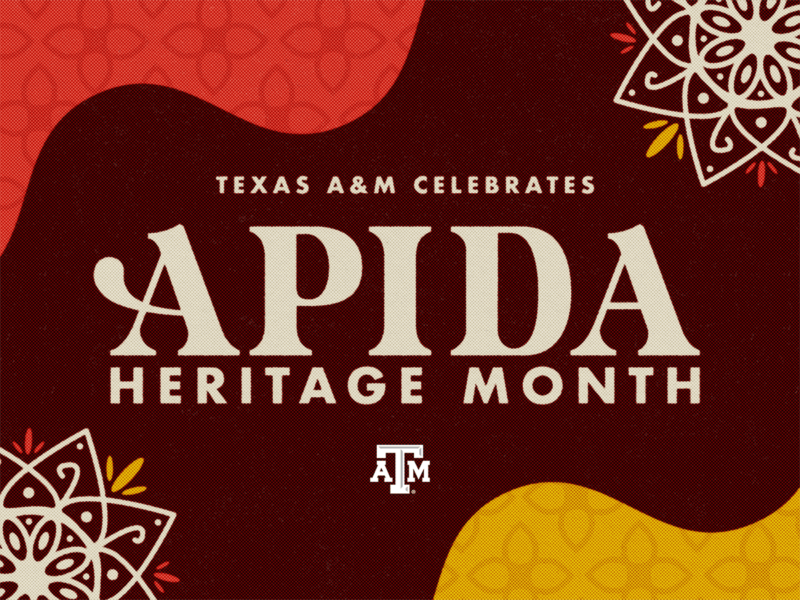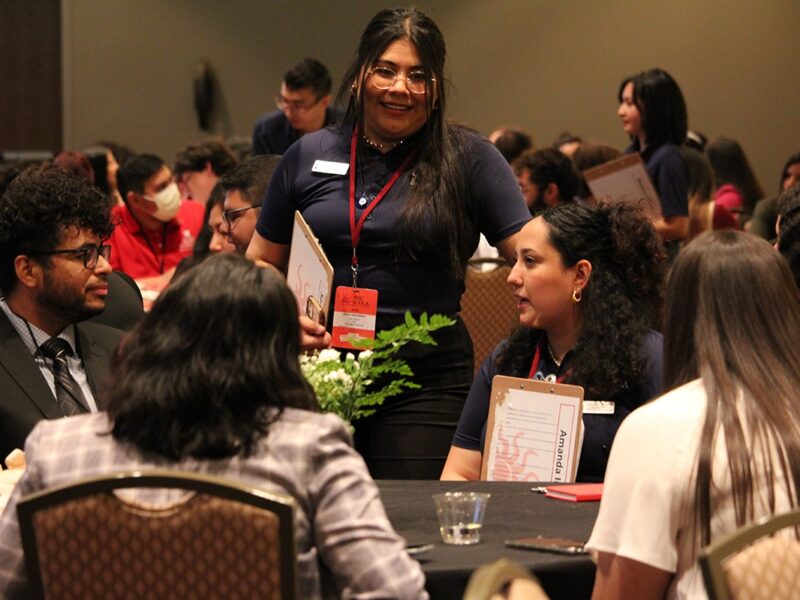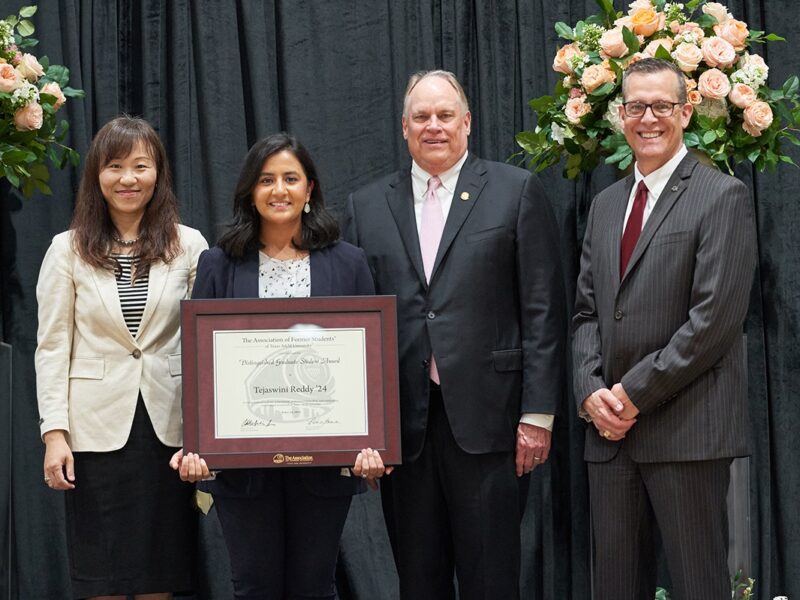Starkville, Miss: Home Of Cowbells, Cheese, Cannons And SEC History
 Jason Cook, vice president for marketing and communications at Texas A&M University, is a 1995 graduate of Mississippi State. Born in Tupelo, Miss., Cook grew up in Southeast Texas, but the charms of MSU had gripped him at an early age, and he enrolled there in 1991, where he worked in the university’s athletic media relations office.
Jason Cook, vice president for marketing and communications at Texas A&M University, is a 1995 graduate of Mississippi State. Born in Tupelo, Miss., Cook grew up in Southeast Texas, but the charms of MSU had gripped him at an early age, and he enrolled there in 1991, where he worked in the university’s athletic media relations office.
It was also the first year of the Jackie Sherrill era in Starkville, and the former Texas A&M coach helped MSU regain its football glory. The second MSU game in 1991 was a memorable one – the Bulldogs defeated the 13th ranked Texas Longhorns 13-6 at Scott Field. Years later, Cook and his wife, Leann, a 1992 Texas A&M graduate and then assistant commissioner for the Southeastern Conference, represented the league at the Dec. 31, 2000, Independence Bowl in Shreveport, played in a rare blizzard and now dubbed the “Snow Bowl” game. In a “family feud” at that time, MSU defeated Texas A&M and coach R.C. Slocum in a wild 43-41 overtime thriller.
This Saturday on Nov. 3, the two teams will meet again, this time as rival SEC members, and Cook, who was instrumental in getting the Aggies into the SEC, will be in attendance on the campus of his alma mater. “President (R. Bowen) Loftin often reminds me that I wear Texas A&M maroon,” Cook says, “and believe me, no one wants the Aggies to win this Saturday more than I do. But whenever Mississippi State plays anyone except Texas A&M, I am cheering for the Bulldogs.”
Cook gives some pointers (“the Bulldogs are on a long sellout streak, and they also fire a cannon like they do here in Aggieland, so be forewarned”), some tips (“tailgating there is really big like it is here, and the primary place is called The Junction, which is similar to Spence Park by Kyle Field. Also, be sure to go and buy some famous Edam cheese, which is made in the shape of a cannonball”), and some history about Mississippi State:
Q: Mississippi State was once called the Aggies and started out as the Agricultural and Mechanical College of Mississippi. They even have a Drill Field. What are some other similarities between MSU and Texas A&M?
A: A significant thread that ties Texas A&M and Mississippi State together is that both are land-grant institutions. This means that both schools are quite similar from a historical and programmatic standpoint, along with a strong sense of service for their respective states. And, of course, there is the maroon and white connection. The main differences between the two schools center on size and that Mississippi State’s military heritage is no longer as visible as Texas A&M’s.
Q: The famous novelist John Grisham (The Client, The Firm, The Pelican Brief) is an MSU grad. Who are some others?
A: There’s a big battle between Mississippi State and the University of Mississippi over John Grisham. He earned his bachelor’s degree from Mississippi State, then went to graduate school at Mississippi. But Grisham is a huge Mississippi State baseball fan. One of the highlights of my career there was having brunch at his house in Oxford, Miss., before we played baseball against the Rebels in the early 1990s. In 1985, Mississippi State’s baseball team advanced to the College World Series behind four future major league all-stars: Will Clark, Rafael Palmeiro, Jeff Brantley and Bobby Thigpen. Hartley Peavey, whose company (Peavey Electronics) develops speakers and other audio equipment for concerts and events, is quite notable. Sonny Montgomery, a former U.S. Congressman who authored the GI Bill, is also a Mississippi State alum.
Q: Many people may not know it, but MSU now houses the papers of a former president similar to Texas A&M.
A: MSU recently received the papers of President U.S. Grant. It is a relatively new addition to the Mississippi State libraries, as in the past year or so, but the university community is quite proud of it.
Q: Explain the cowbell tradition and what Aggies can expect if they make the trip to Starkville.
A: A note of warning: The cowbells will be loud. And these aren’t the cowbells that Aggies have experienced “tinkling” around the Big 12. These are large cowbells with bicycle handles attached to them. Many are passed down from generation to generation. You will find them painted and decorated in almost any way imaginable, but each cowbell has its own history and story.
Mississippi State is commonly referred to as the “cow college” by “the school up north” (Mississippi). Of course, every college tradition has a story – a somewhat cloudy story – about how it came about. As legend goes, in the early days Mississippi State and Mississippi were playing each other in football, and a cow wandered onto the field with its bell clanging. The Bulldogs won the game, and the cow – later to become the cowbell – became a symbol of good luck.
Although Davis Wade Stadium at Scott Field is much smaller than Kyle Field, it’s an extremely tough place to play due to the sound of the cowbells.
Q: In your opinion, what’s the best thing about Mississippi State?
A: Mississippi State is commonly referred to as the “people’s university.” I felt this strong sense of connection while I was there, from the faculty and staff to the alumni of the university. It’s a strong bond, similar to what Aggies have to Texas A&M. Also, I think that Aggies will find the Mississippi State campus to be quite beautiful, with lots of trees, historic buildings and rolling hills.
Media contact: Keith Randall, Texas A&M News & Information Services.





